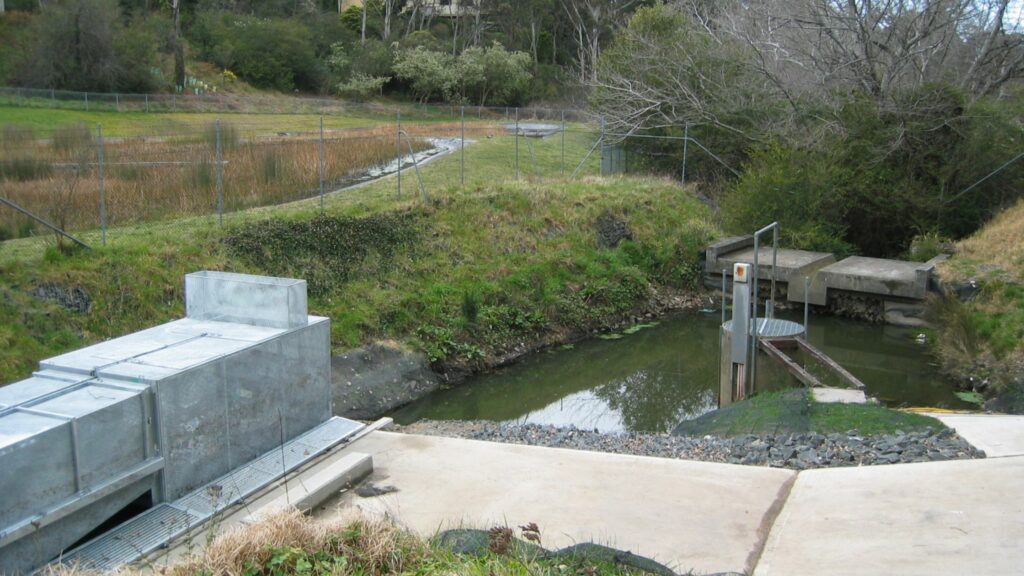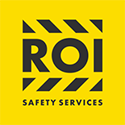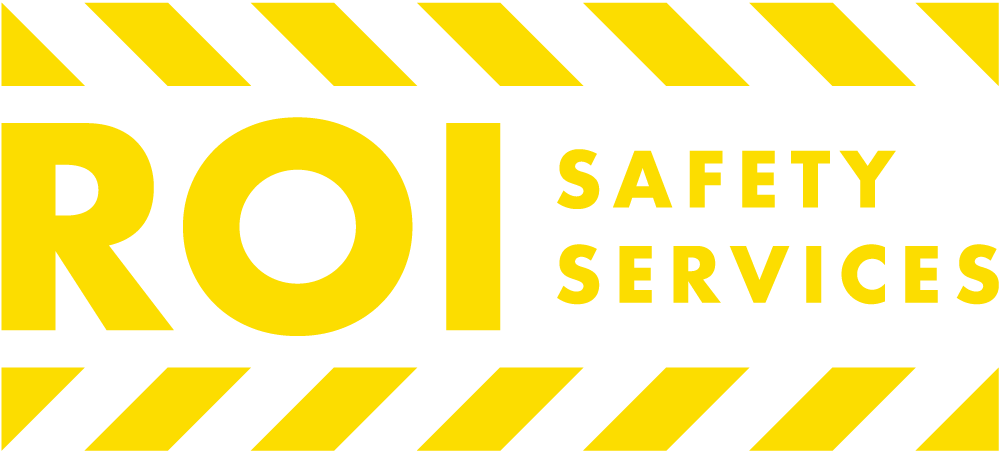
Stormwater concerns are an essential concern of the Environmental Protection Agency (EPA), and many regulations have been developed to ensure that stormwater is appropriately controlled. If not correctly managed, stormwater could cause flooding and pollution of the waterways, affecting stormwater quality.
Stormwater runoff happens when snow or rain drains through the soil. Construction – streets, parking areas, buildings, storm drains, and removal of natural filters and trees prevent stormwater pollution and debris from sinking into the soil. This results in an increased rate, volume, and more pollutants in the stormwater and our waterways.
Continue reading to learn all there is to know about SWPPP and why this guide is essential for anyone involved in the construction industry!
What Is An SWPPP?
A Stormwater Pollution Prevention Plan (SWPPP) is a blueprint of best management practices (BMPs) to prevent sediment and other pollutants from entering the stormwater system and, eventually, our waterways. The standard plan includes an inventory of potential sources of water pollution, characterizes the site, and outlines the BMPs to be employed to protect water quality.
When Is SWPPP Required?
Typically, SWPPPs are only required for construction activity and projects that disturb more than one acre of developed or undeveloped land.
What Is The Purpose Of SWPPP?
The purpose of SWPPP is to prevent or reduce the discharge of pollutants from a construction site to the maximum extent practicable. By using BMPs, it is possible to achieve a reduction in pollutants discharged into stormwater.
What Is Included In The SWPPP?
An SWPPP must include the following:
- Reduce erosion and sediment by using BMPs to minimize (i.e., gravel bags, silt fence, straw wattle, sediment basin, soil stabilizers, etc.)
- Reduce non-stormwater discharges, such as BMPs (i.e., concrete waste management, material waste management, good housekeeping practices, etc.)
- Site inspections and BMP maintenance
- Laboratory sampling and analysis
What Are Some Of The BMPs Used In SWPPP?
Many BMPs can be used in an SWPPP. Some of the most common include:
Silt Fence: A silt fence is a temporary, permeable barrier that controls sediment runoff from construction sites. Silt fences are typically made of fabric or mesh and are placed perpendicular to the direction of water flow.
Straw Wattle: A straw wattle is a temporary, permeable barrier that controls erosion and sediment runoff from construction sites. Straw wattles are made of straw or other biodegradable material and are placed perpendicular to the direction of water flow.
Sediment Basin: A sediment basin is a temporary, below-ground storage facility that collects sediment-laden runoff from construction sites. Sediment basins are typically lined with an impermeable liner to prevent sediment from leaching into the surrounding soil.
Soil Stabilizers: Soil stabilizers are materials applied to the soil’s surface to help reduce erosion and prevent sediment runoff. Soil stabilizers can be either chemical or physical.
Gravel Bags: Gravel bags create a temporary, permeable barrier on construction sites. Gravel bags are typically made of fabric or mesh and are filled with gravel or sand.
Concrete Waste Management: Concrete waste management includes using BMPs to reduce the amount of concrete waste generated on construction sites. BMPs can include proper storage and disposal of concrete waste, as well as the use of recycled concrete.
Material Waste Management: Material waste management includes using BMPs to reduce the amount of waste generated on construction sites. BMPs can include proper storage and disposal of waste and the use of recycled materials.
Good Housekeeping Practices: Good housekeeping practices are standards that should be followed on construction sites to reduce the potential for pollution. Some good housekeeping practices include proper storage of materials, regular cleaning of equipment and surfaces, and the prevention of spills and leaks.
Who Can Prepare And Implement A Site’s SWPPP?
The SWPPP must be prepared by a qualified SWPPP Developer (QSD) and implemented by a Qualified SWPPP Practitioner (QSP). The QSD is responsible for the development and implementation of the SWPPP. The QSP is responsible for the day-to-day operation and maintenance of the SWPPP.
How Often Are SWPPP Site Inspections Required?
SWPPP site inspections are required at least once a week and more often, if necessary, to ensure that BMPs are functioning properly and that there is no sediment discharge from the site.
What Are The Penalties For Violating SWPPP Requirements?
The penalties for violating SWPPP requirements can be severe. Violations can result in fines up to $37,000 per day and in some cases, jail time if one doesn’t have a construction general permit.
Let Us Provide The Services You Need For SWPPP – ROI Safety Services
Here at ROI Safety Services, we work with industrial companies, providing customized safety services, and can help with your SWPPP needs. Our services are affordable and we will work with you to create a package that fits your specific needs. Here are something we can do for you:
- At our facility, we’ll create a simple Monitoring and inspection stormwater management Plan with all required Monthly Storm Water Observation Forms and Quarterly Non-Storm Water Observation Forms.
- We will train your Pollution Prevention Team or your entire team in BMP implementation and proper sampling and record-keeping methods.
- We will provide rain alerts to your company via email, as notification for pending storm events, for proper preparation on your part.
- We offer this service at a flat rate with no hidden fees, and it has been proven to increase compliance and reduce pollutant levels.
Final Thoughts – SWPPP 101 For Construction Sites
SWPPPs are an important part of construction site management. They help to protect water quality by preventing sediment and other pollutants from entering stormwater systems. SWPPPs must be developed and implemented by qualified professionals and regularly inspected to ensure that they are functioning properly. At ROI Safety Services, we can help you develop and implement an effective stormwater pollution prevention plan for your construction site. Contact us today to learn more.
Contact ROI for CERTIFIED ON-SITE STORMWATER CONSULTING & MONITORING SERVICES to get assistance with SWPPP compliance.
CLICK HERE FOR MORE INFO ON HOW SENATE BILL 205 MIGHT AFFECT YOUR BUSINESS

